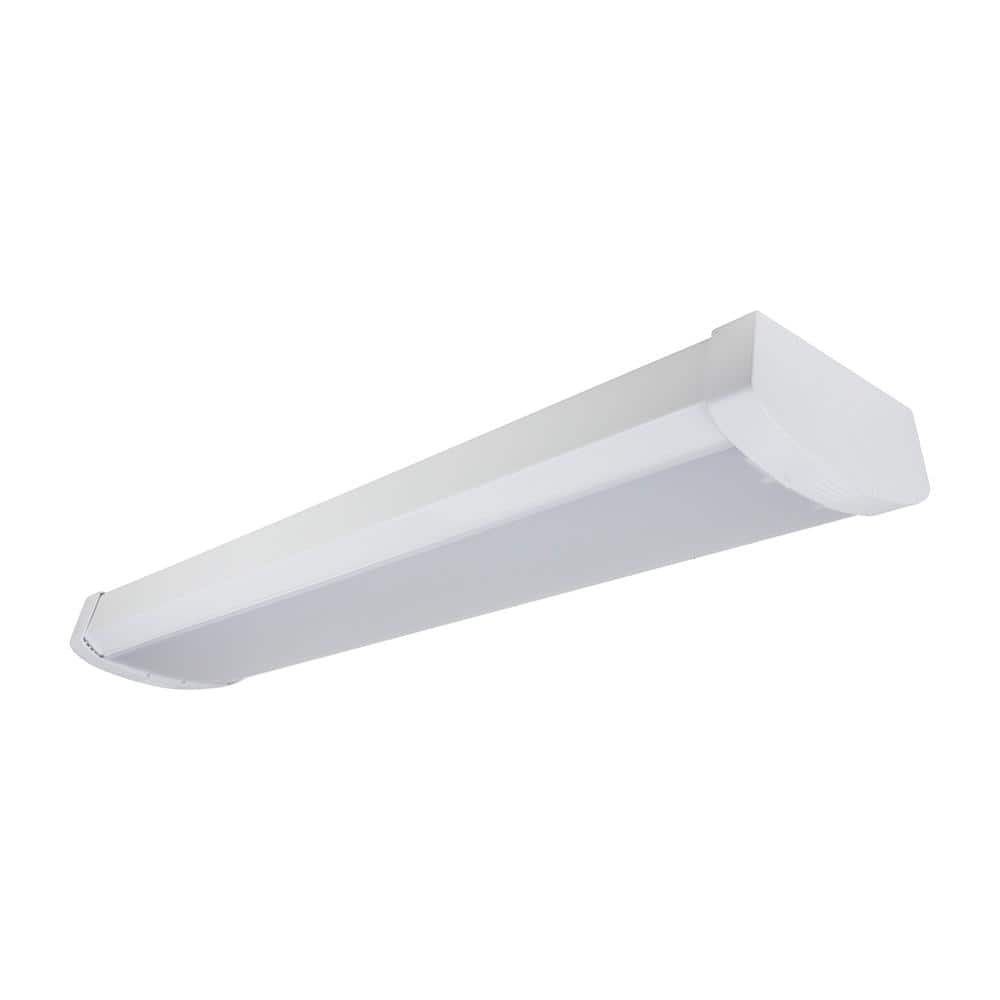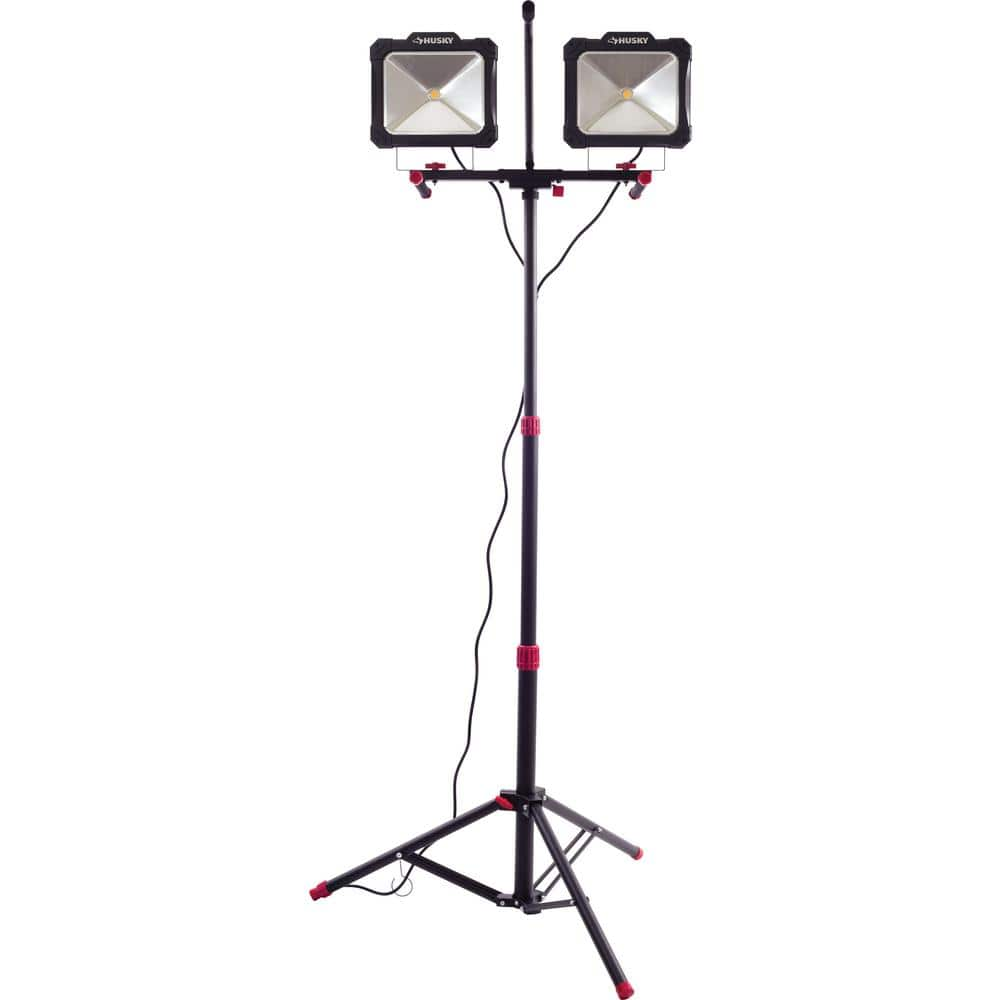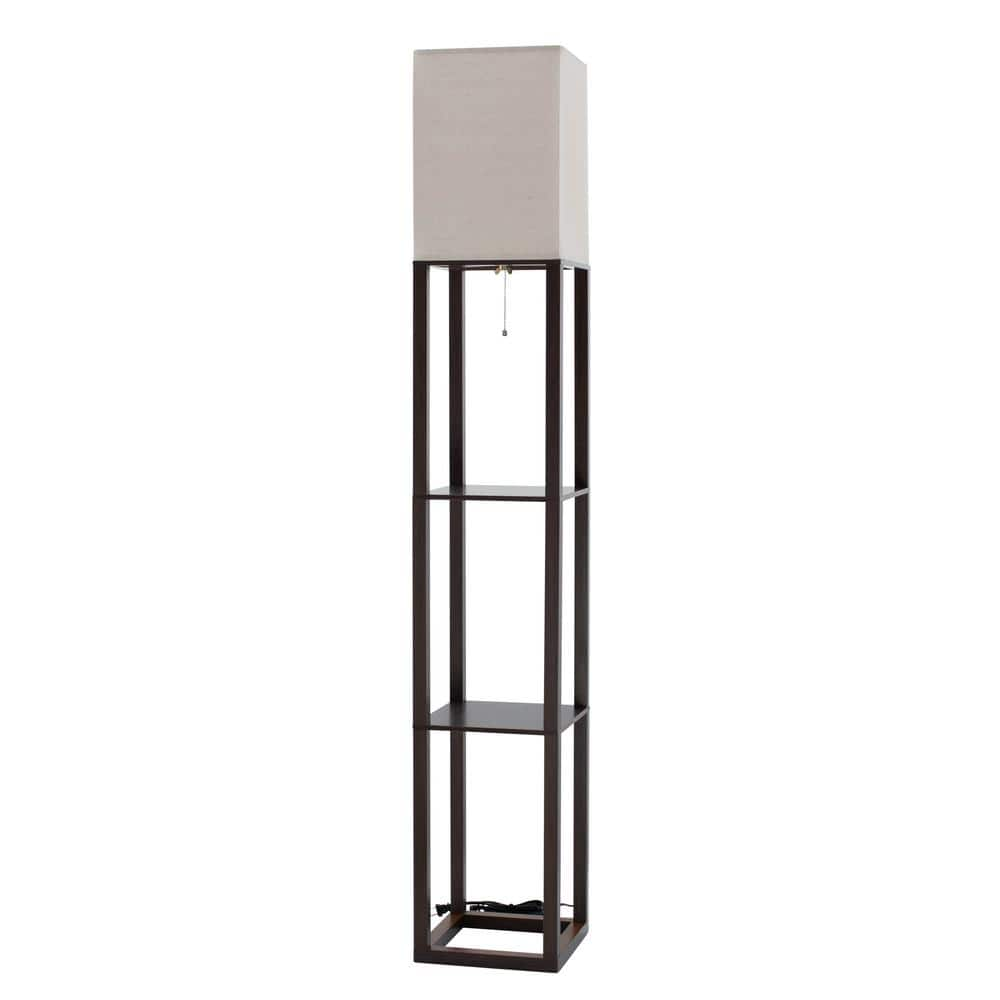Metropolitan 3-Light Wall Sconce in Oxide Brass with Bohemian Crystals
The Metropolitan 3-Light Wall Sconce in Oxide Brass gives your space the rustic, antique feel it’s been missing. Oxide brass finish. Wall-mount design. Uses 3 candelabra base bulbs, 60-watt maximum.
Add an antique feel to your space with the Metropolitan 3-Light Wall Sconce. Boasting an oxide brass finish complemented by candle style lights and bohemian crystals, this fixture is sure to elevate your room with luxurious enhancements and function.
- The Metropolitan 3-Light Wall Sconce in Oxide Brass gives your space the rustic, antique feel it’s been missing
- Oxide brass finish
- Wall-mount design
- Uses 3 candelabra base bulbs, 60-watt maximum
- Measures 8.25″ L x 13.5″ W x 18″ H
- Weighs 16 lb.
- 1-year manufacturer’s warranty
- Imported
- Model N952013
Additional information
| Warranty | 1 year full warranty |
|---|






Reviews
There are no reviews yet.